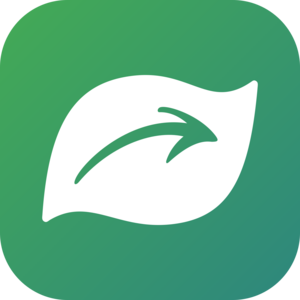Are you familiar with the apps iNaturalist and Seek? Curious about what kind of plants, bugs, or animals you may be seeing on the trails near Lake Auburn, or in your back yard?
iNaturalist is an online database and social network for sharing biodiversity information to help each other learn about nature. iNaturalist helps users identify plants and animals while simultaneously generating data for science and conservation. It also provides access to a diverse community of users, experts, hobbyists, and citizen scientists who will help you learn about species in your own backyard. You can even use it to brush up on your own identification skills by helping other users identify plants and animals they upload! By recording submitting to iNaturalist you are creating research-quality data for scientists working to better understand and protect nature.
All the data submitted to iNaturalist is submitted to the Global Biodiversity Information Facility (GBIF). GBIF is an international network and data infrastructure funded by the world’s governments and aimed at providing anyone, anywhere, open access to data about all types of life on Earth.
To learn more about the GBIF click here.
iNaturalist also recently launched another app, powered by AI recognition software, called Seek. Seek can identify plants and animals in real-time, award badges, and create challenges to make exploring and data collection more engaging. Seek offers a more kid and family friendly alternative to iNaturalist, while still allowing you to submit your findings to iNaturalist’s database.
This year iNaturalist officially became an independent non-profit organization!
Check out iNaturalist’s website for more information.
iNaturalist can provide useful information on tracking native and non-native species in our area. As Maine cracks down on invasive species it becomes even more important to track them, especially around Lake Auburn. Aquatic invasive species can impact lake and watershed health, and impact water quality, but did you know that terrestrial invasive species can too? Lake Auburn is surrounded by approximately 240.70 acres of vegetative buffers which act as a barrier to the lake, protecting it from stormwater runoff and pollutants, providing habitat for native plants and animals who depend on the lake, and improve water quality. Invasives can choke out native plants and impact the health of these buffers. You can view a map of the vegetative buffer zone here: shoreland acres
Some common terrestrial invasive species known in the Lake Auburn watershed include Asiatic bittersweet, Autumn olive, Japanese barberry, and Japanese knotweed. You can learn more about terrestrial invasive species in the Lake Auburn watershed here.
Keep a look out for iNaturalist nature walks, citizen science opportunities, and plant ID workshops in the near future!



